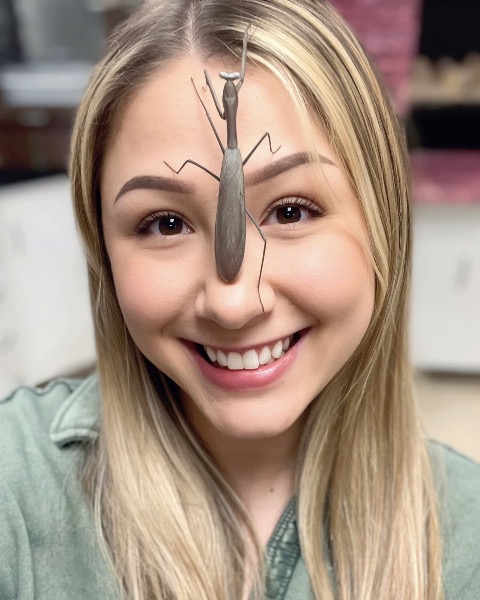Student Poster Display
Systematics, Evolution, and Biodiversity
Student
Student Competition
D3144: Effects of co-infecting bacterial symbionts on host spider fitness

Jordyn Dawn Proctor
Graduate Student
University of Kentucky
Lexington, Kentucky- JW
Jen A. White (she/her/hers)
Professor
University of Kentucky
Lexington, Kentucky 
Becca Rain Robertson (she/her/hers)
Graduate Student (PhD)
University of Kentucky
Lexington, Kentucky- AR
Allie Reagan
University of Kentucky
Lexington, Kentucky
Presenting Author(s)
Co-Author(s)
Bacterial endosymbionts manipulate their host arthropods’ reproduction to increase their own infection rate. Infection by these symbionts favors their spread, but may come at a fitness cost to the host. The spider, Mermessus fradeorum (Linyphiidae) is infected by up to five different bacterial symbionts, two of which induce two different forms of reproductive manipulation: cytoplasmic incompatibility (caused by Rickettsiella) and feminization (caused by a strain of Wolbachia). We hypothesized that the more symbionts that the host was infected with, the greater cost there would be to host fitness. We first compared female fecundity among spiders co-infected with five, four, three, two, or one symbiont relative to uninfected spiders. We found that spiders infected with the feminizing strain of Wolbachia exhibited reduced fecundity regardless of other symbiont infections, suggesting a direct fitness cost for feminization. In a separate experiment we measured survivorship of food-deprived spiders with the different symbiotypes. Using Kaplan-Meier survivorship analysis, we found that the median lifespan of 5-fold infected female spiders was 61 days, which was significantly lower than uninfected female spiders, whose median lifespan was 84 days. Female spiders infected with only Rickettsiella showed intermediate survivorship, and did not differ from either other group. Male spiders were shorter-lived (median survival=36 days) and did not differ among symbiotypes. Altogether, these results suggest that symbiont fitness effects in M. fradeorum vary by bacterial strain and appear relatively independent of one another.

.png)

